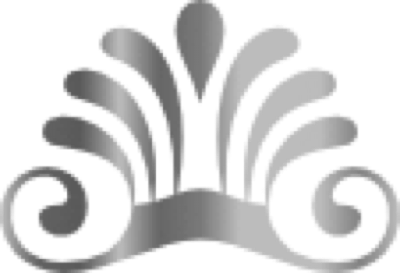
The Cold War
Cold War espionage describes the intelligence gathering activities during the Cold War (circa 1947-1991) between the West (chief US, UK and NATO allies) and the Eastern Bloc (Soviet Union and aligned countries of Warsaw Pact).
Because each side was preparing to fight the other, intelligence on the opposing side's intentions, military, and technology was of paramount importance. To gather this information, the two relied on a wide variety of military and civilian agencies. While several such as the CIA and KGB became synonymous with Cold War espionage, many other organizations played key roles in the collection and protection of the section concerning detection of spying, and analysis of a wide host of intelligence disciplines.
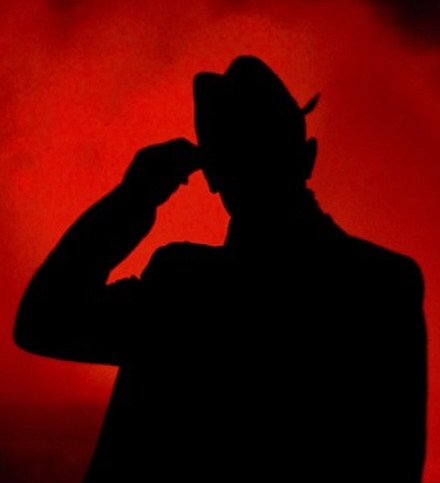
Soviet espionage in the United States during the Cold War was an outgrowth in World War II nuclear espionage, and Cold War espionage was depicted in works such as the James Bond and Matt Helm books and movies.
During the Cold War, information was a key commodity. It was vital to know what the adversary was up to, and the possibility of using the hi-tech surveillance that is used today was not around. Instead of trusting technology, we relied on spies: people who infiltrated enemy territory and tried to discover information while staying undetected.
Espionage activities continued from prior to the beginning of the cold war in the late thirties- early forties, all the way through the late 1960s and even continuing through today. These spies were decoding encrypted information, and using many skills to gain an advantage over other enemy countries.
The Cold War was all about gaining the advantage of information about the enemies’ atomic weaponry. The Cold War was a state of political and military tension after World War II led by the United States (and the Western Bloc) and the Soviet Union ( and the Eastern Bloc). Although the two powers never engaged in a full out war, both countries were constantly preparing for an all-out nuclear war. Thus the use of spies to gain insight into the knowledge of how far their enemies were advancing.
Major spy rings
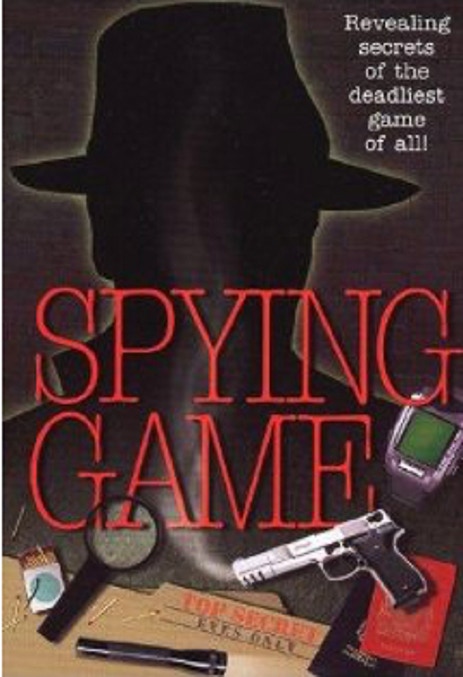
Cambridge Five: The Cambridge Five consisted of five members that were recruited from the University of Cambridge in the 1930s. There is debate surrounding the exact timing of their recruitment, but it is generally believed that they were not recruited as agents until after they had graduated. The group included Kim Philby (cryptonym 'Stanley'), Donald Maclean (cryptonym 'Homer'), Guy Burgess (cryptonym 'Hicks'), Anthony Blunt (cryptonyms 'Tony', 'Johnson'), and John Cairncross (cryptonym 'Liszt'). There were many others that were accused of being a part of the Cambridge Spy Ring, but these five members were collectively known as the Cambridge Five.
Portland Spy Ring: The Portland Spy Ring operated in England, as a Soviet spy ring, from the 1950s until 1961 when the core of the network were arrested by British Security Services.
This spy ring was unique because they did not use the cover of an embassy as the cover for their spies. Its member included Harry Houghton, Ethel Gee, Gordon Lonsdale, and most famously Morris and Lona Cohen (cryptonym Peter and Helen Kroger).
Ware Group: Sleeper spy ring in US headed by J. Peters, first organized under Harold Ware, inherited by Whittaker Chambers (under orders from Peters), and also included: John Abt, Marion Bachrach (Abt's sister), Lee Pressman, Alger Hiss, Donald Hiss, Charles Kramer, Nathan Witt, Henry Collins, George Silverman, John Herrmann, Nathaniel Weyl, and Victor Perlo. When Chambers defected in 1938, the Ware Group went dormant and then broke up. Harry Dexter White (below) contributed materials to Chambers but not as part of the Ware Group.
Silvermaster spy ring- The Silvermaster Spy Ring was led by Harry Dexter White, assistant secretary of the Treasury and the second most influential member of the Treasury department. His job was to aid placement of Soviet spies within the United States Government. The United States Treasury Department was successfully infiltrated by many Soviet spies, the most successful of which belonged to the Silvermaster Spy Ring. Harold Glasser, Elizabeth Bentley, and Nathan Silvermaster were other major members of the Silvermaster Spy Ring.
Atomic spies- While the Atomic Spies were not exactly a network of spies, the collective information that was obtained by this group of Soviet spies was critical to the Soviet Union's ability to build an atomic bomb. Many of the members of the Atomic spies group worked for, or around, the Manhattan Project, or the United States building of the atomic bomb. This group included:


Klaus Fuchs- was a German-born British theoretical physicist. In 1933 Fuchs fled Germany for Britain. During the War he worked on the Manhattan Project in the United States to build the Atomic Bomb and later worked on British nuclear projects. In 1950 he admitted spying for the Russians since 1942 and passing on details of British and American nuclear technology.He worked with the British delegation on the Manhattan Project.
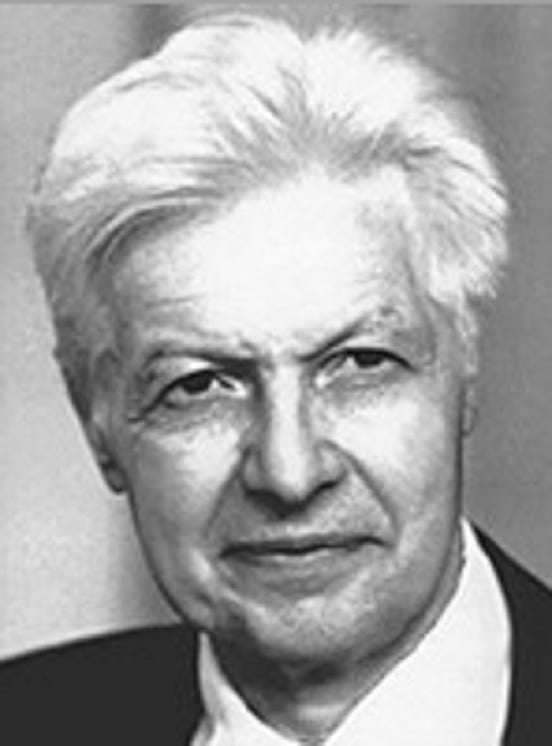
Morris Cohen- an American who gained insight to the plans straight from the secret laboratory at Los Alamos and delivered it straight to the designers of the Soviet atomic bomb.
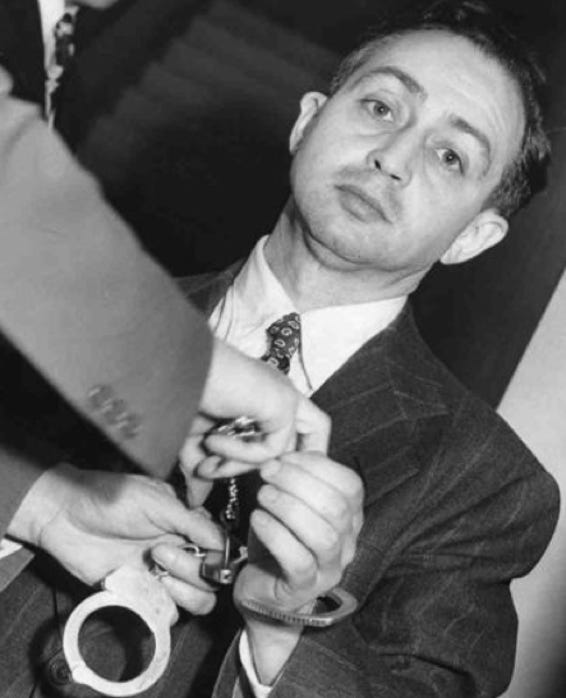
Harry Gold- an American who was a courier for Klaus Fuchs and David Greenglass. In 1940, Jacob Golos activated Harry Gold for Soviet espionage, but he was not a recruited agent of the rezidentura. This changed in the late 1940's, when Soviet Case Officer Semyon Semenov appropriated Gold from Golos. Gold became a formally recruited Soviet agent at this time, and was assigned the codename GUS, GOS, or GOOSE. Semenov remained Gold's control officer until march 1944

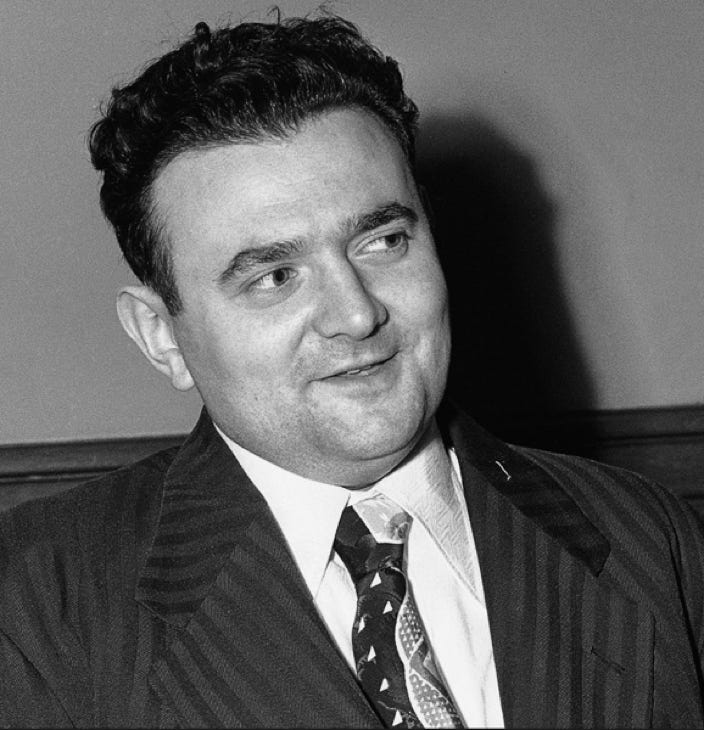
David Greenglass- an American machinist at Los Alamos during the Manhattan Project. He gave crude schematics of lab experiments to the Russians. David Greenglass – who served 10 years in prison for his role in the most explosive atomic spying case of the Cold War, and gave testimony that sent his sister Ethel Rosenberg and her husband to the electric chair – has died aged 92.
Greenglass, who admitted decades after the trial that he lied in court about his own sister, died in New York City on 1 July, according to the Rosenbergs’ sons, Michael and Robert Meeropol.
Julius and Ethel Rosenberg were convicted in 1951 of conspiring to steal secrets about the atomic bomb for the Soviet Union and were executed in 1953 at New York’s Sing Sing prison. They had insisted to the end that they were innocent.
After his release from prison in 1960 Greenglass lived under an assumed name in the New York borough of Queens, hoping to be forgotten for his part in a McCarthy-era case that is still furiously debated to this day.
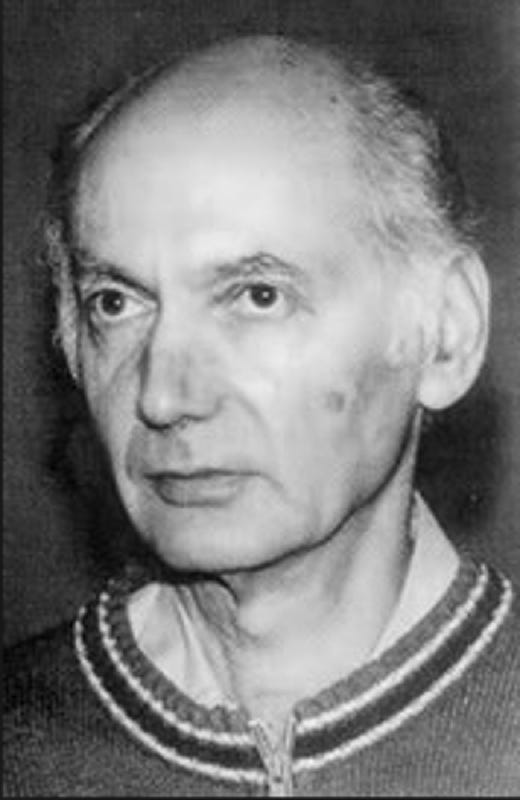
Theodore Hall- an American, and the youngest physicist at Los Alamos, gave a detailed description of the Fat Man plutonium bomb and several processes for purifying plutonium to the Soviets.
If there is a mystery about him, it relates to his later life. In the 1960s he moved to Cambridge to pursue ground-breaking work in biology which earned him an international reputation. Did the US authorities, knowing as they did, beyond doubt, of his past role, really allow him to go without extracting some price?
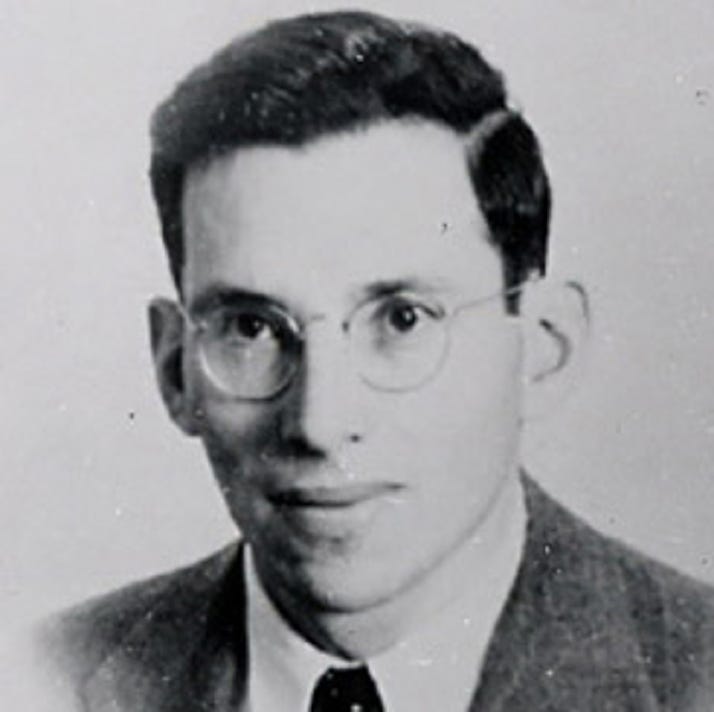
Geore Koval- an American born son of a Russian family. He obtained information from the Oak Ridge National Laboratory and the Dayton Project about the Urchin detractor used for the Fat Man plutonium bomb.
He had all-American cover: born in Iowa, college in Manhattan, Army buddies with whom he played baseball.
George Koval also had a secret. During World War II, he was a top Soviet spy, code named Delmar and trained by Stalin’s ruthless bureau of military intelligence.
Atomic spies are old stuff. But historians say Dr. Koval, who died in his 90s last year in Moscow and whose name is just coming to light publicly, was probably one of the most important spies of the 20th century.
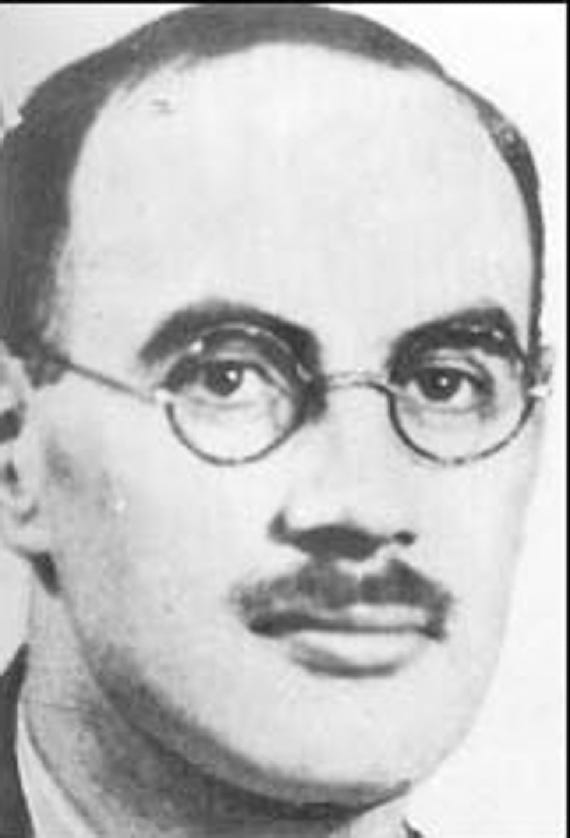
Alan Nunn May- a British physicist who worked for the British nuclear research and then in Canada on the Manhattan Project . His uncovering in 1946 was responsible for the United States restricting sharing atomic secrets with the British.
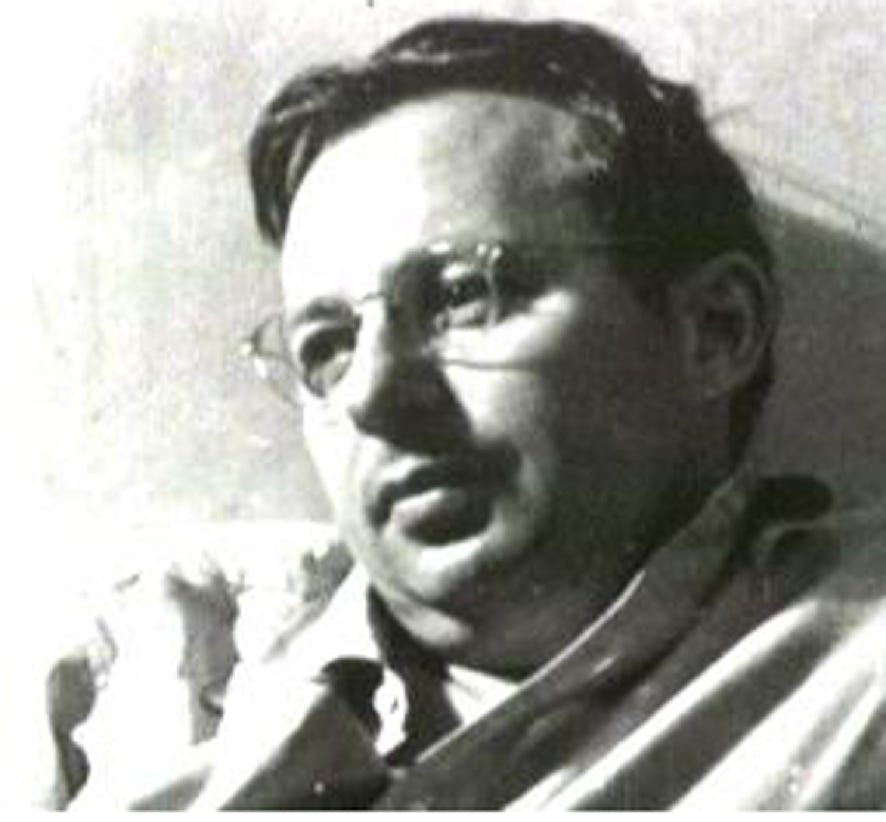
Irving Lerner- an American film director who was caught photographing the cyclotron at the University of California in 1944.
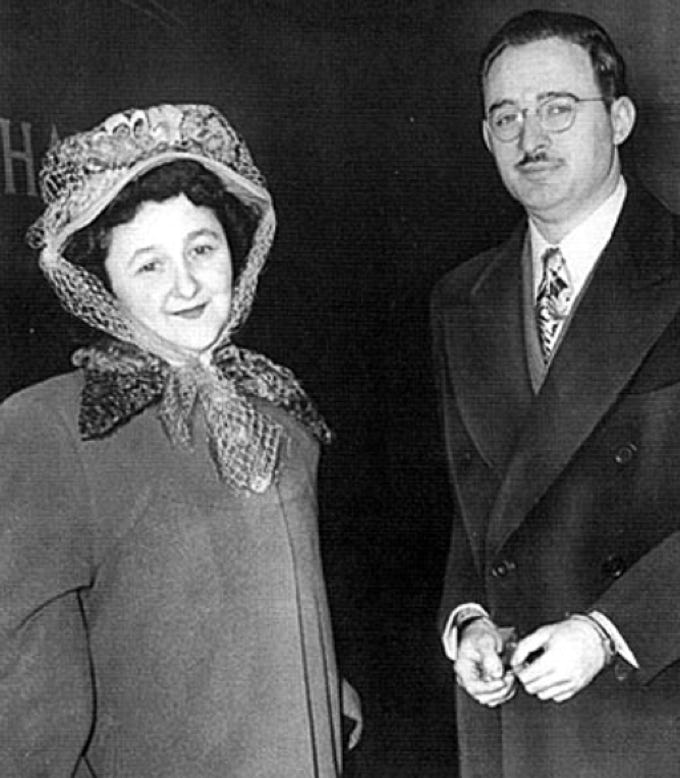
Julius and Ethel Rosenberg were United States citizens who were executed for conspiracy to commit espionage for the Soviet Union. They were instrumental in the transmission of information about top-secret military technology and prototypes of mechanisms related to the atomic bomb, which were of value to the Soviet nuclear weapons program and also provided top-secret radar, sonar, and jet propulsion engines to the Soviet Union.
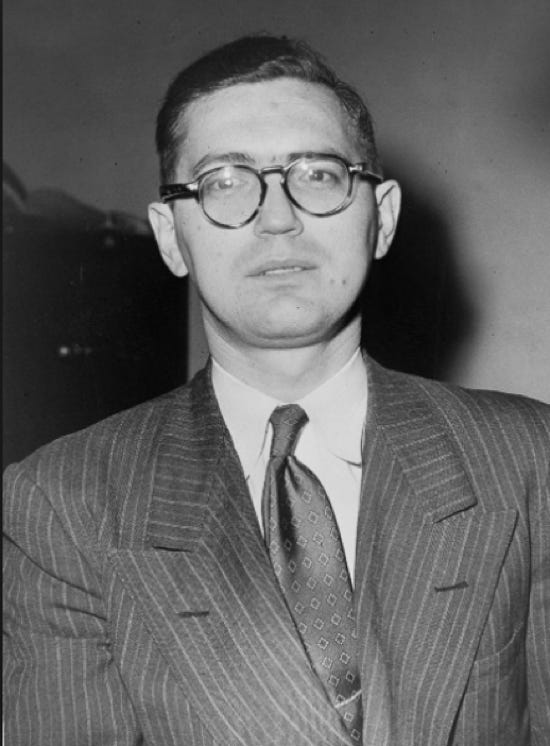
Morton Sobell (born April 11, 1917) was an American engineer with General Electric and Reeves Electronics who worked on military and government contracts and who was subsequently found guilty of spying for the Soviets as a part of a ring that included Julius Rosenberg and others. Sobell was tried and convicted of espionage in 1951 and sentenced to 30 years in prison. He was released in 1969 after spending 17 years and 9 months in prison.
